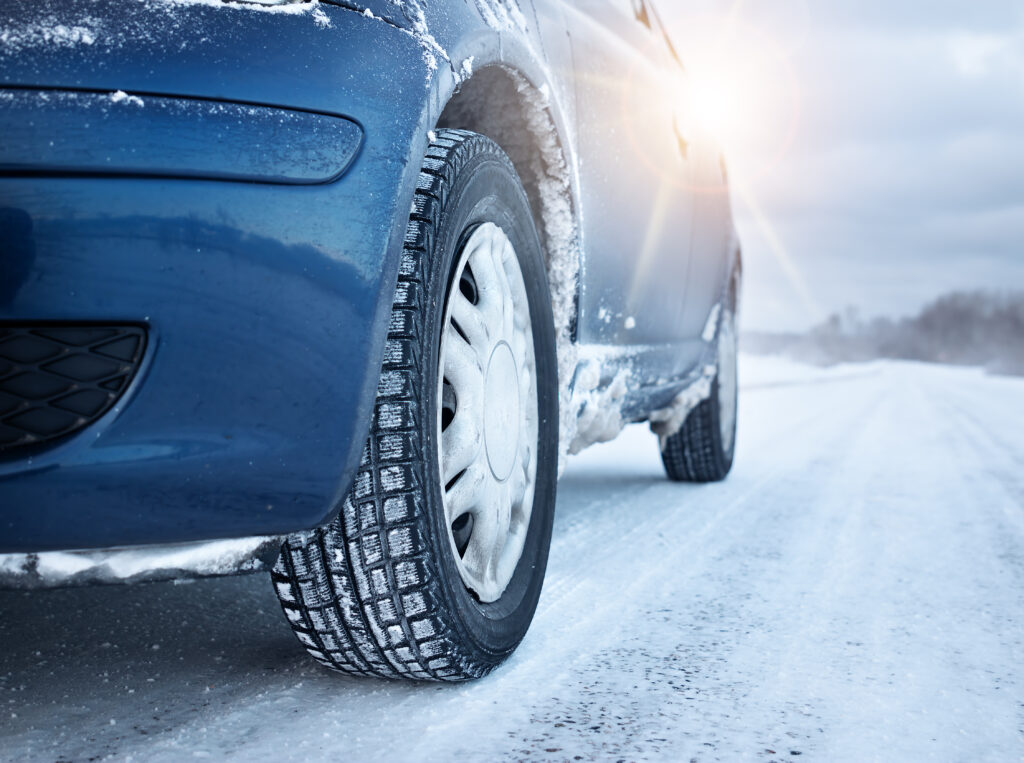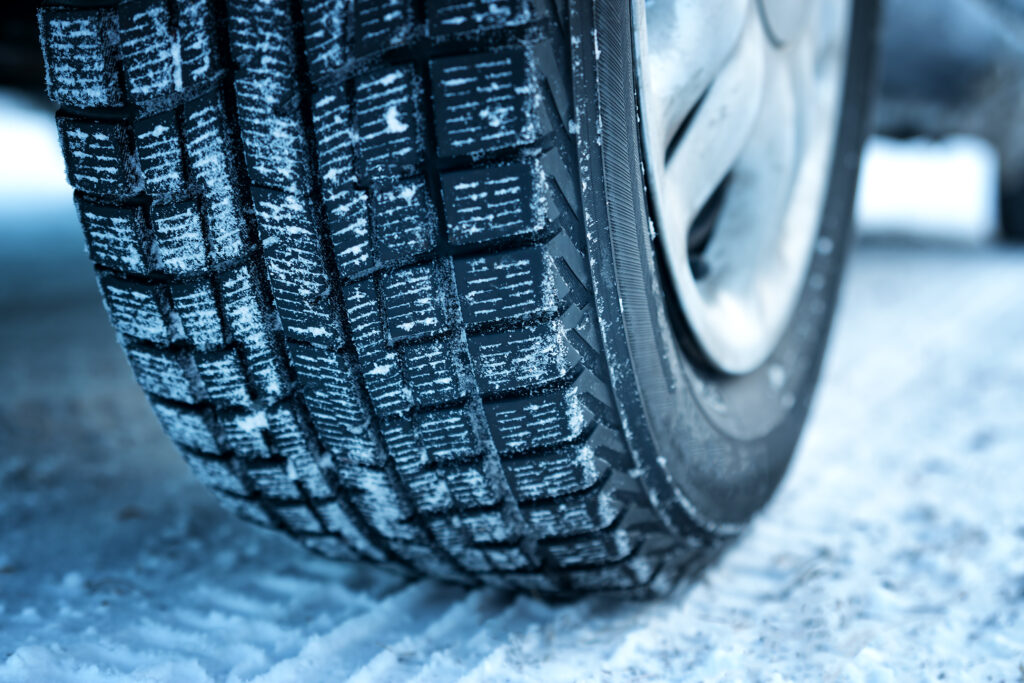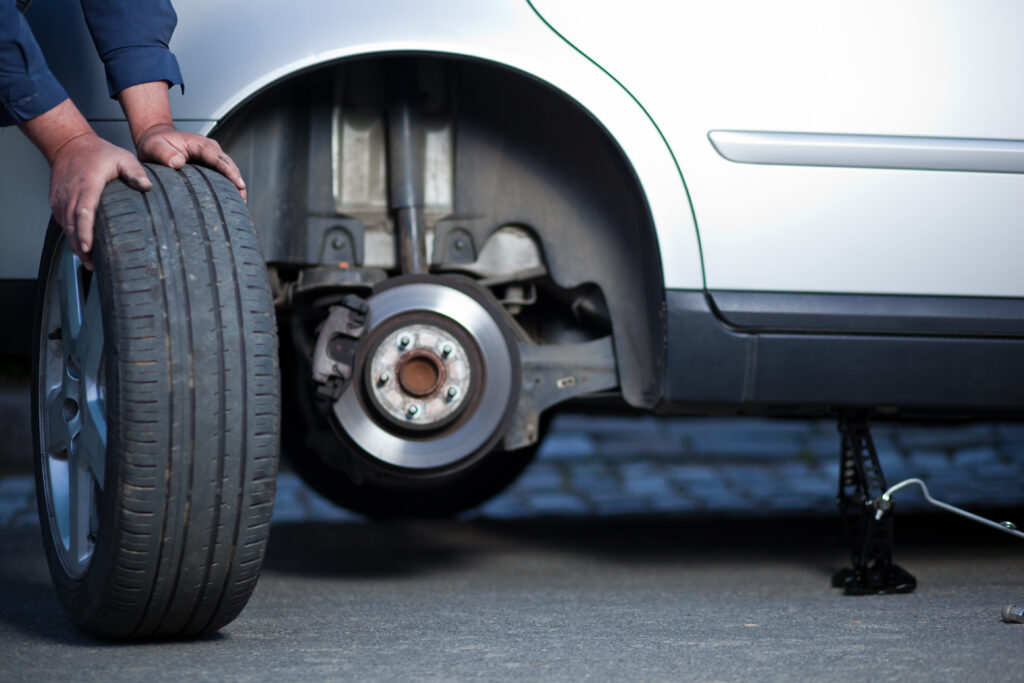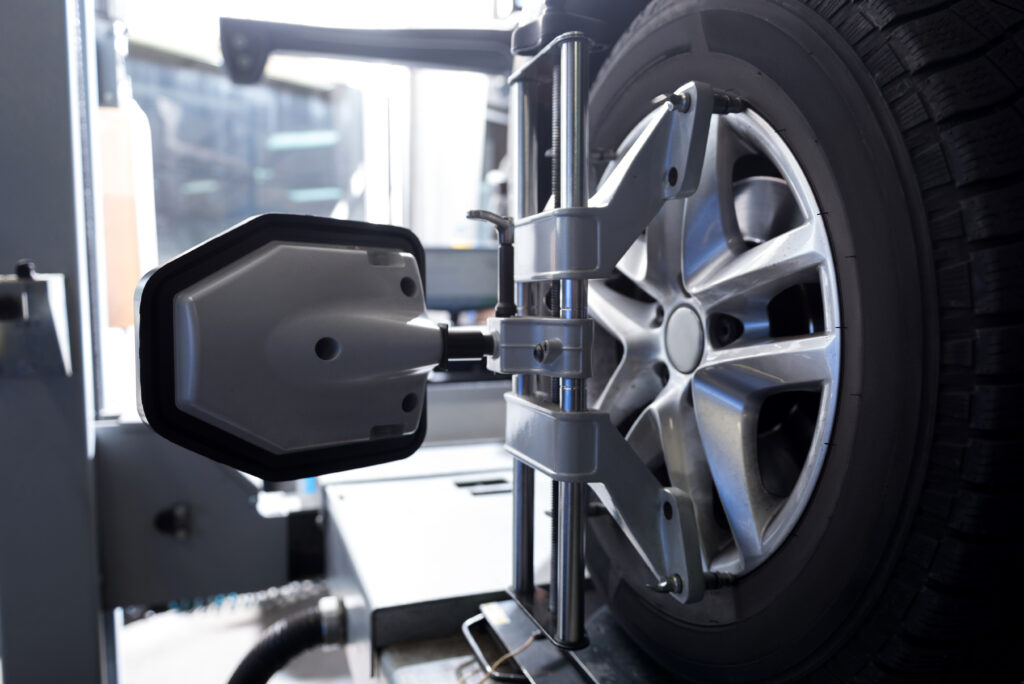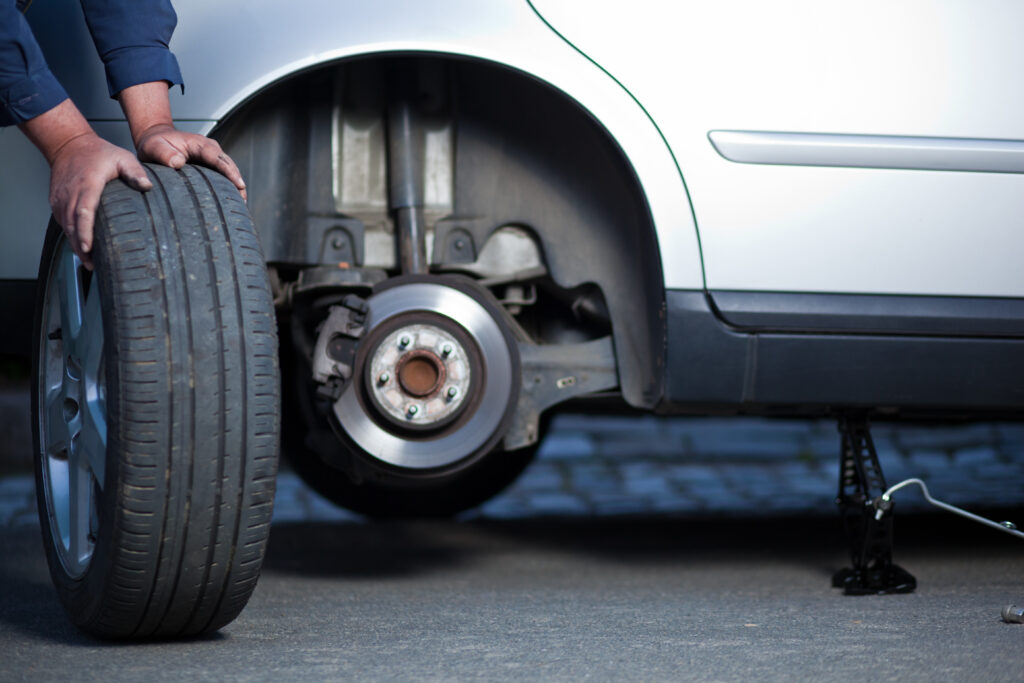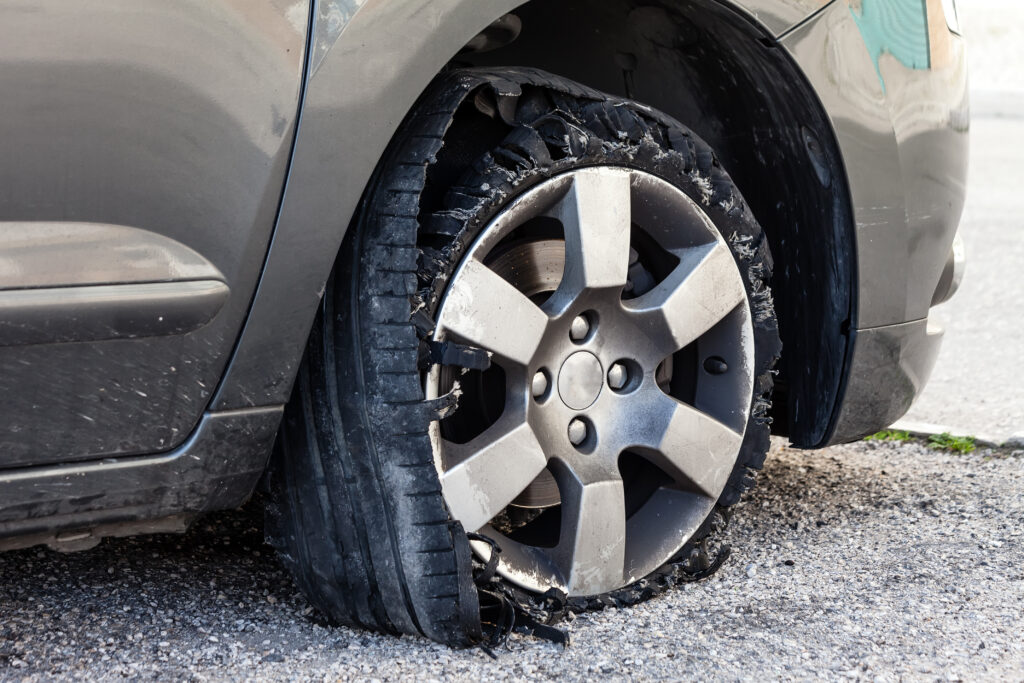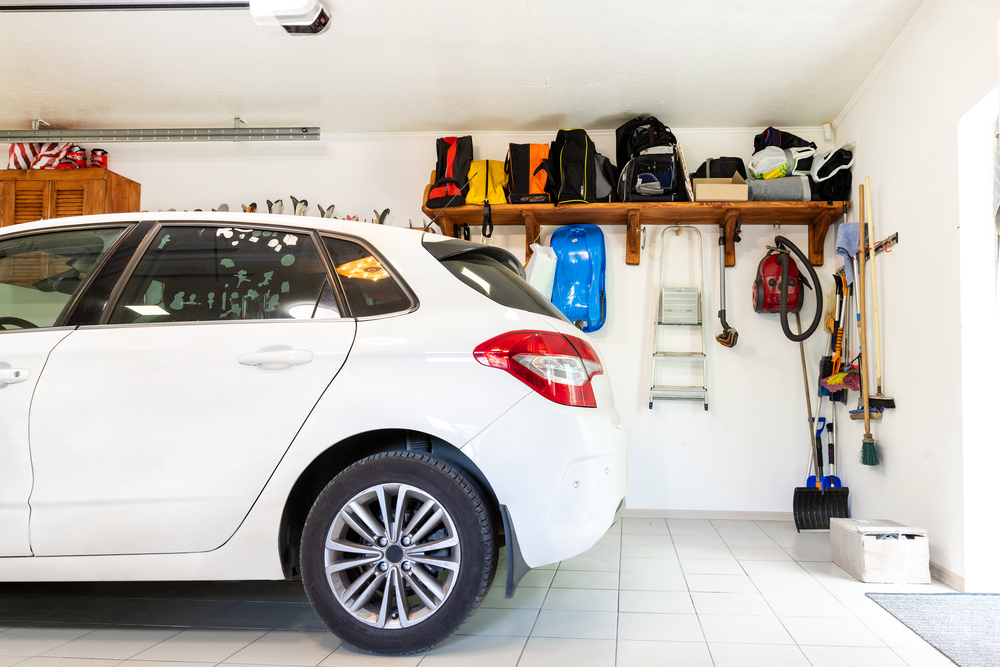
While your car’s tires are designed to withstand a great deal of wear and tear every day, they are not safe from damage. If you aren’t doing everything in your power to keep them safe, you might even notice them wearing out more quickly than anticipated. But what can you do to maintain proper tire care?
At Paskett Auto, we understand how important it is to maintain proper tire care to avoid costly replacements. But without adequate education, you might not know how to keep your tires safe. If you want to maintain the best tire care possible, keep reading to see what our team recommends.
1. Schedule Regular Tire Rotations
The front tires of your car tend to encounter a greater amount of friction during everyday use than the back tires. To avoid this uneven tire wear and maintain good tire care, it is important that you schedule regular tire rotations. Your trusted auto technician should perform tire rotations every 5,000 to 7,500 miles to ensure even rubber wear. When you schedule regular maintenance, make sure to ask about a tire rotation as well to ensure complete care of your car during these appointments.
2. Keep Your Tires Well-Inflated
Maintaining proper tire pressure throughout the year is absolutely essential for protecting your tires from unexpected wear and tear. When temperatures drop and rise, your tire pressure can change drastically. For every 10 decrease in the temperature, your tires will drop by about one psi. If your tires are six psi lower than their recommended level, your car’s tire pressure light will turn on, alerting you to this change. Ensuring your tires are filled properly will help you maintain traction on the road.
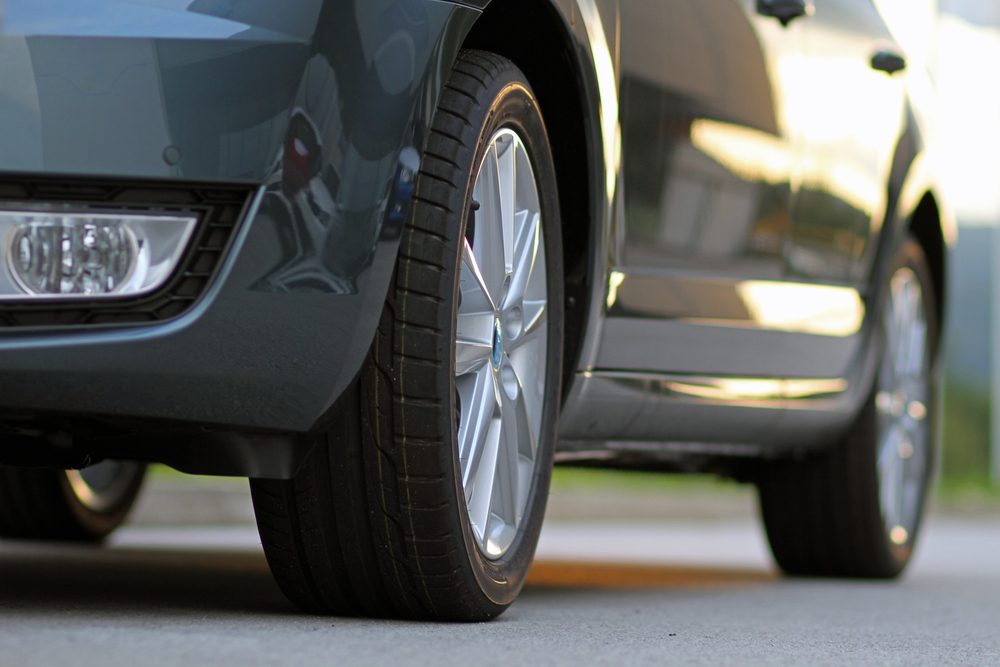
3. Wash Your Car Frequently
While you might not realize the correlation, it is important to wash your car frequently to maintain proper tire care. During the hottest summer months, warm weather can begin to dry out your tire’s rubber. In the winter, road salt can also eat away at the rubber of your tires. By getting your car washed, you can prevent the tires from drying out prematurely and remove any abrasive materials that may degrade the materials. This activity should protect your car from the harshest weather conditions all year round.
4. Avoid Road Hazards
Although it might seem like common sense, it is important to remember to avoid road hazards as much as possible. While the materials used to create tires are thick and durable, it is not infallible. Whether there is debris on the road or a pothole, running over these hazards may unintentionally poke holes in the thick rubber of your tires, leaving you with a leak or a flat tire. If you can do so safely, drive around these hazards to maintain proper tire care.
5. Park In a Garage When Possible
As mentioned above, the materials used to create your tires are incredibly durable. However, prolonged exposure to UV rays can have a detrimental effect on your tires. If you want to keep your tires safe from degradation, it is best to park your car in a shady spot or a garage whenever possible. By parking out of reach of the sun’s rays, you will limit the tire’s exposure to UV rays and prolong its life.
6. Use Appropriate Tires
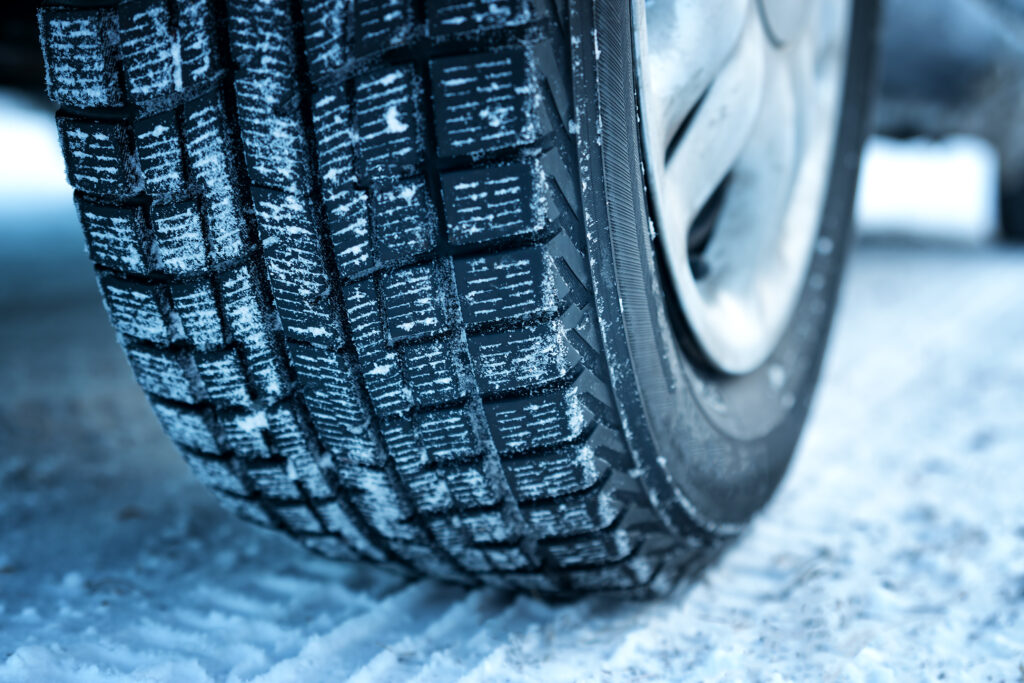
If you live in a place that receives a great deal of snowfall throughout the winter, you might want to consider investing in winter tires. While all-season tires do a great job of handling a variety of weather conditions, season-specific tires are more well-equipped to handle tougher weather conditions. If you don’t want to ruin your tires because of harsh weather conditions, you might want to speak to your trusted automotive specialist about whether you will benefit from summer or winter tires.
7. Don’t Drive on the Shoulder
It isn’t uncommon for screws, small scraps of metal, and more to fall off of vehicles as they drive down the road. As cars drive over these materials, they are naturally pushed toward the shoulder of the road. If you want to maintain proper tire care, it is important that you avoid driving on the shoulder as much as possible. When you do, your tires come in contact with these materials, which may cause unnecessary damage to the materials and shorten your tires’ lifespan.
8. Practice Safe and Steady Driving
Inconsistent driving can have an extreme impact on the condition of your tires. If you take harsh turns, accelerate too quickly, or stop suddenly, your tires may deteriorate more quickly than if you treat them well. To keep them protected and maintain great tire care, it is best to practice safe and steady driving. Don’t accelerate too quickly, leave plenty of time to slow down, and take turns slowly to keep them safe from wear and tear.

Maintain Proper Tire Care with Paskett Auto
If you want to maintain proper tire care throughout your tires’ lifespan, it is important that you work with a reliable automotive team. Our team at Paskett Auto has years of experience helping car owners across the Roy, Utah, area and beyond care for their tires, we are confident that we are the right team for your vehicle as well.
Whether you need tire care, emissions, air conditioning, and heater maintenance and care, or something else entirely, our team at Paskett Auto provides it all to keep your vehicle running well throughout the year. If you would like to schedule an appointment with our team to maintain proper tire care or you have questions for us, don’t hesitate to contact us today.

